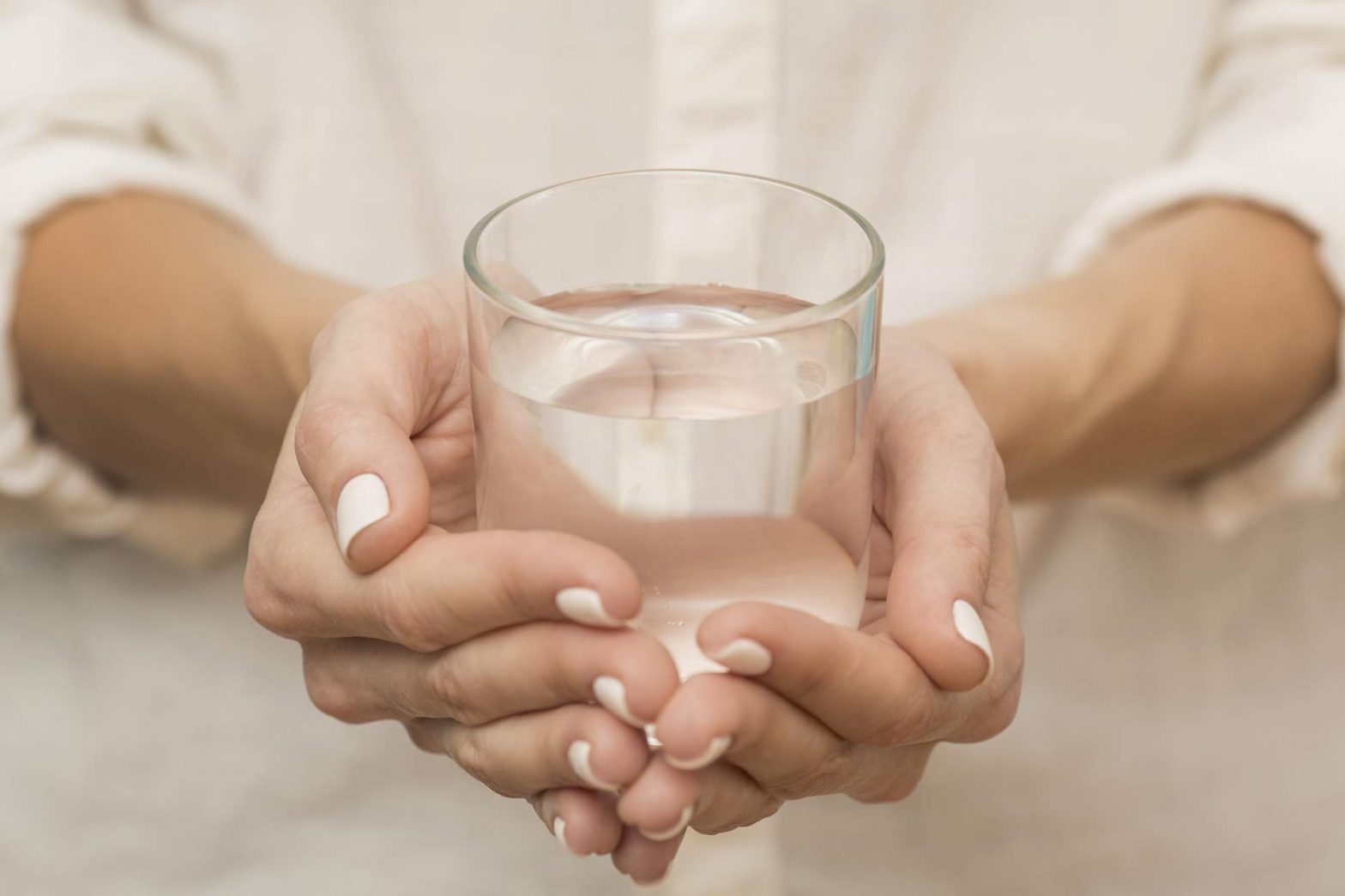Jersey WaterCheck, which launched in March 2021, is a Jersey Water Works project that features more than 50 metrics related to our drinking water and wastewater systems. Recently, we created a short video to explain the context and nuances of the metric “met primary drinking water standards that protect against harmful bacteria.” Drinking water utilities must regularly test their water for contaminants, such as disease-causing bacteria. Watch the video to learn more about how this metric reports on this important process.
To supplement the video, we talked to Jersey WaterCheck Data Advisory Committee member Richard Calbi, director of Ridgewood Water, about the drinking water treatment process in general and what it’s like to work at a drinking water treatment plant. (Note that Ridgewood Water is a publicly owned groundwater system; surface water treatment is typically more complex than the process detailed below.) Here’s what he had to say:
JWW: What are the sequential steps once water enters your treatment plant and before it leaves for distribution into our pipes?
RC: Ridgewood Water operates several individual groundwater treatment plants that vary in complexity of treatment depending on contaminants present.
The process for a typical treatment facility could be as simple as:
1) Poly-orthophosphate addition for corrosion control
2) Sodium hypochlorite addition for disinfection
3) Sufficient contact time to kill bacteria and viruses
4) Distribution system
The process for a more complex treatment facility would be:
1) Poly-orthophosphate addition for corrosion control
2) Air stripping facility to remove volatile organic compounds
3) Granular activated carbon to remove PFAS (man-made chemicals that can lead to adverse health effects)
4) Sodium hypochlorite addition for disinfection
5) Sufficient contact time to kill bacteria and viruses
6) Distribution system
JWW: What does a typical day look like for a drinking water treatment plant manager?
RC: Every single day as a water treatment plant manager is different and fast-paced and varies drastically with the time of the year. But, for the most part, we spend our day reviewing the system operation, working on reporting, handling any emergencies (such as leaks, water main breaks, and power or equipment failures), NJDEP compliance paperwork, or reviewing plans for capital improvement projects.
JWW: On average, how many tests happen before water is considered potable?
RC: On average, a water system collects 10 samples before water is considered “potable.” Those 10 samples are analyzed for over 100 individual analytes/compounds on a continuous basis.
JWW: What do you want community members to understand when it comes to testing and how it’s done?
RC: As a water treatment plant operator, I would hope that community members understand that municipal drinking water, especially in New Jersey, has the most stringent standards and testing protocols of any potable water in the United States. These tests exceed those required by the U.S. Environmental Protection Agency and bottled drinking water regulated by the FDA. Furthermore, these tests are continuous and change frequently.
JWW: What happens when a test result does not meet a regulatory requirement?
RC: If a single test does not meet regulatory requirements, then the licensed operator is notified immediately. Depending on the contaminant, the NJDEP would be notified immediately, and the well would be taken offline. Intermediate action would entail investigating the cause of the contamination, as well as necessary mitigation and/or treatment efforts. Long-term, the well would be decommissioned and/or treatment facilities would be designed and built.
JWW: What would you like your community members to know about the work you do every day?
RC: I would encourage all community members to learn more about their local system and/or take a tour of the operation. Water cannot be taken for granted. The truth is that there are hundreds of different actions that make water safely flow out of fixtures in homes (water storage, distribution, treatment, booster pumps, letdown valves, water mains, valves, hydrants, well pumps, etc.). Furthermore, every action has a regulation that requires compliance. It truly is a field that is complex and ever-evolving.
